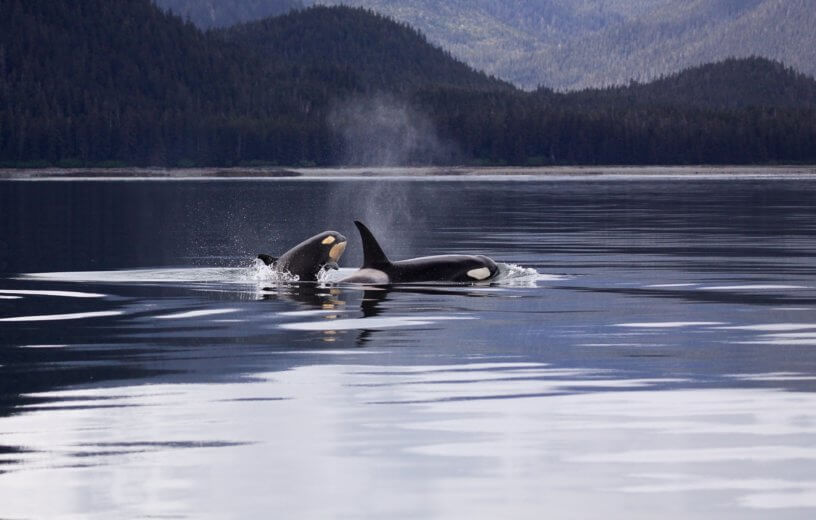CAMBRIDGE, England — The incredible intelligence seen in dolphins and whales has been well-documented and displayed through the years, but do they have the wherewithal to recognize when they’re in danger? A new study finds that these marine mammals can actually tell when killer whales are near by recognizing certain distressing calls.
Killer whales, also called orcas, earned their name by being one of the most ferocious predatory sea animals in the world. They often hunt in packs and use stealth to surprise their prey. Some killer whales show a preference for larger marine mammals like dolphins, while other are almost entirely focused on fish.
Scientists wanted to find out if marine mammals being hunted by predators can distinguish the calls of the killer whales from other marine mammals.
The researchers sailed 40 miles into the Atlantic Ocean from North Carolina to play recordings of killer whales deep underwater, as well as recordings of social calls from pilot whales, Risso’s dolphins, and humpback whales. Bowers and his team tagged several Risso’s dolphins and pilot whales with devices that allowed them to hear what the animals heard underwater and track their movements.
The research team, led by Duke University’s Matthew Bowers, focused on pilot whales and a dolphin species known as Risso’s dolphins for their study. They wanted to see if these animals reacted to orca calls. While most killer whale calls seemed to have no effect on the whales and dolphins in the study, they found that a specific subset of four orca calls — ones that, interestingly, have many sonic similarities to human screams — caused whales and dolphins to flee the area.
“Each playback experiment was an all-day endeavor”, says Bowers in a media release. “It was crazy to see a group of animals respond so strongly to something you’re doing. The strong and differential responses to this subset of killer whale calls was eye opening.”
The pilot whales and dolphins used different tactics to avoid or defend themselves from the killer whale call. The pilot whales assembled into a tight group and dove toward the killer whale call, while the dolphins clustered together and swum away quickly in the opposite direction for 10 kilometers or more.
“The signal starts to jump around in an unpredictable fashion,” Bowers says of the calls that signaled danger to the marine mammals. He believes these sounds were more disturbing to the whales and dolphins because our brains can’t filter out the erratic sounds and ignore them. “We suggest that these calls convey information about the predators’ behavior or intent.”
And for a much smaller mammal, that’s enough to get out of Dodge.
The study was published in the Journal of Experimental Biology.
